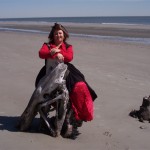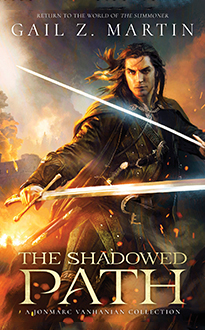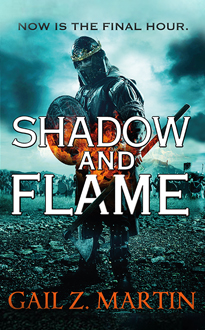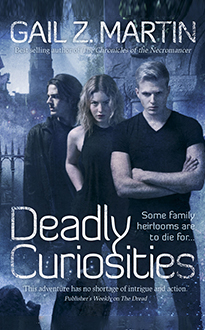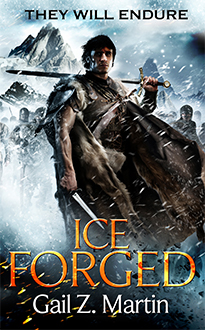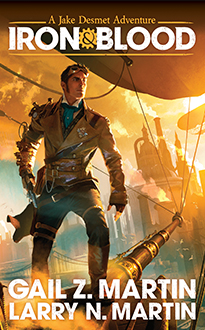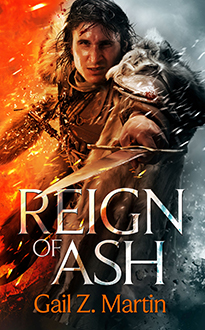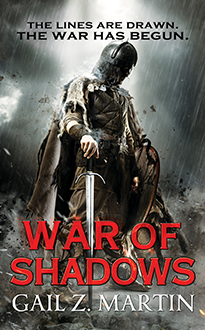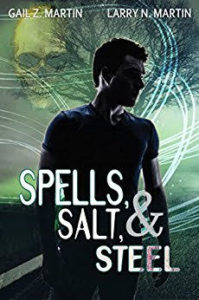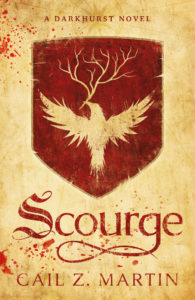The term worldbuilding gets used with some frequency when discussing fantasy, and, to be fair, if your worldbuilding isn’t up to par, your story will fall flat. What’s the point of investing all those long hours at the keyboard, crafting finely nuanced plots and flawed yet lovable characters, if the place they live in – whether it’s a castle, wattle and daub cottage, or even an igloo – rings about as true as the set from a high school production of Camelot?
Before you send that manuscript off into the abyss of querydom, compare your world against the following checklist. While adhering to these points won’t ensure that your setting is perfect, they will go a long way toward keeping your world consistent.
Food: What do your characters eat? If the story takes place in a medieval setting, I would expect to see more joints of meat and loaves of dark bread than chicken nuggets and side salads. Also, how is the food served? On metal platters, in wooden bowls, or on trenchers of bread? Are the bones thrown to the dogs, or saved by a thrifty kitchen maid for tomorrow’s stew?
Clothing: Pre-industrial societies tended toward two broad categories of clothing: spare and utilitarian for the working class, ornate and cumbersome for the nobility. Also, due to the labor involved with spinning and weaving, only the very wealthy owned several sets of clothing. If your peasant keeps showing up in pristinely clean shirts without any mention of Ye Olde Laundress, your readers will smell something fishy.
Even if your fantasy has a modern setting, you should still consider clothing carefully. If the character’s on the run, they’re going to get dirty. Also, what are they wearing while avoiding the Feds/evil vampires/rabid bunnies? Good clothes for going on the lam: jeans, t-shirts, flat soled boots or sneakers. Not so practical choices include flimsy dresses or blouses, spiked heels, and lacy lingerie.
Locomotion: How are your characters getting around? In a modern setting this isn’t as much of an issue, since we have all the requisite planes, trains, and automobiles. But, in those pesky pre-industrial societies, your characters are pretty much limited to animal-based transportation (horses, elephants, camels), boats, or some sort of magical device, such as a portal. Boats are, well, boats. If your characters have access to portals or time dust or whatever, please make it a grounded, working magic system.
If your characters rely on the animal-based transportation, please keep one thing in mind: remember to feed the animal! A quick Google search can give you valuable information about how much a horse needs to eat, how often it needs to rest, etc. While this might not be such a big deal for one or two characters on a short jaunt about the countryside, traveling for a significant distance requires either packing feed, or stopping at a stable for the night.
How do you worldbuild? What do you consider to be the vital details?
Bio:
Jennifer Allis Provost is the author of the fantasy series Chronicles of Parthalan, available now, and an urban fantasy series, Copper Legacy. The first installment, Copper Girl, will be released June 2013 by Spence City.
https://jenniferallisprovost.
https://www.facebook.com/
https://twitter.com/#!/
https://spencecity.com/
https://www.cafepress.com/
Jennifer Allis Provost is a native New Englander who lives in a sprawling colonial along with her beautiful and precocious twins, a dog, two birds, three cats, and a wonderful husband who never forgets to buy ice cream. As a child, she read anything and everything she could get her hands on, including a set of encyclopedias, but fantasy was always her favorite. She spends her days drinking vast amounts of coffee, arguing with her computer, and avoiding any and all domestic behavior.
Blurb for Copper Girl:
Sara had always been careful.
She never spoke of magic, never associated with those suspected of handling magic, never thought of magic, and never, ever, let anyone see her mark. After all, the last thing she wanted was to end up missing, like her father and brother.
Then, a silver elf pushed his way into Sara’s dream, and her life became anything but ordinary.
Available in print and e-book June 25, 2013
ISBN: 978-1-939392-02-2




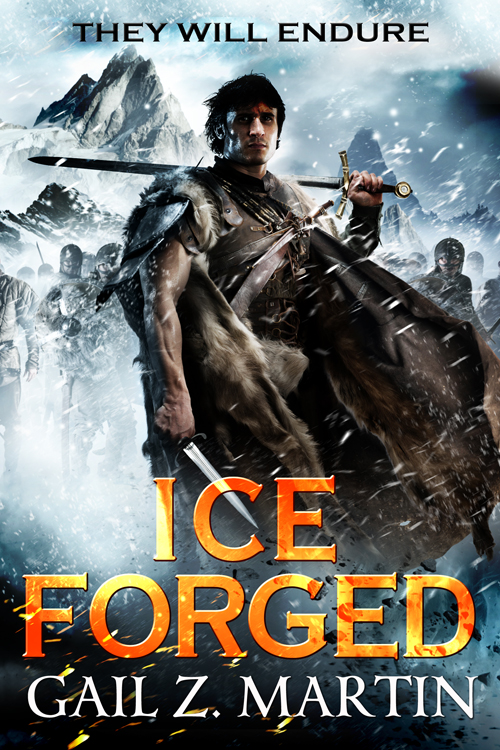 Last week Rowena Cory Daniells (
Last week Rowena Cory Daniells (
